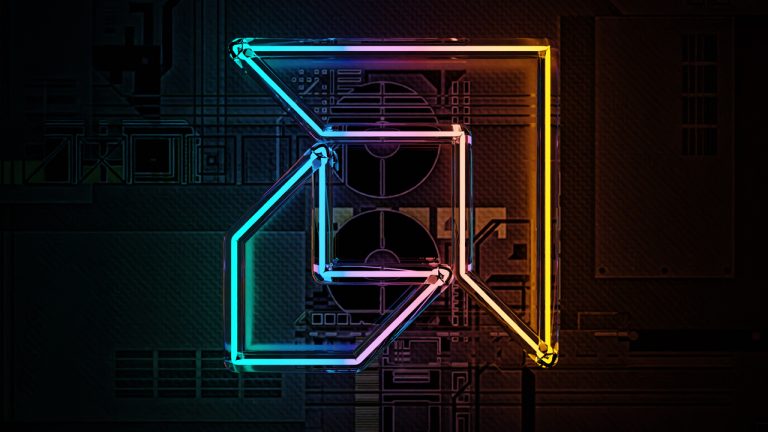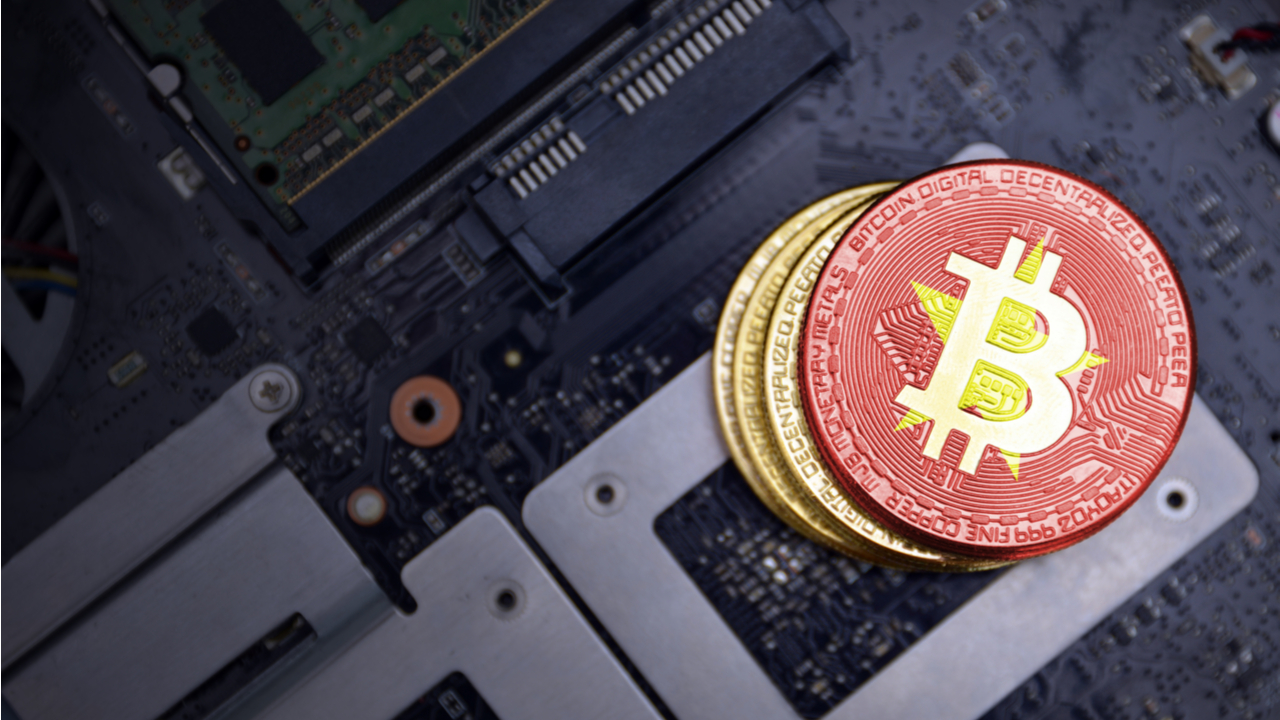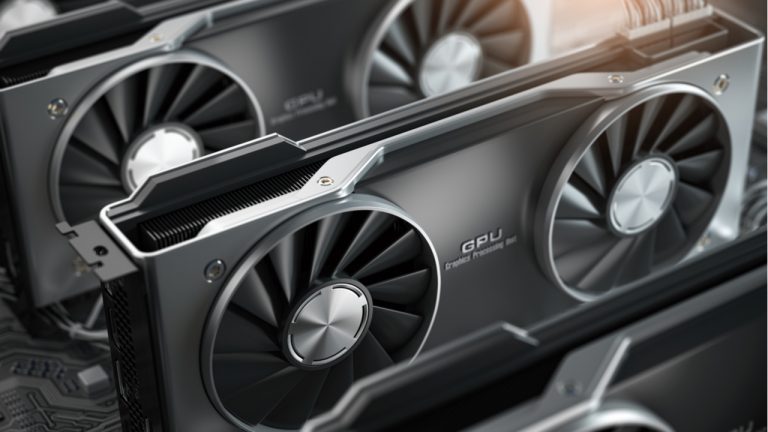
Another unicorn has entered the race the develop human-level AI.
Artificial intelligence firm Skild AI recently emerged from stealth to report the successful closing of a $300 million series A funding round featuring participation by Jeff Bezos and Softbank among others.
Skild AI is a Carnegie Mellon spinout focused on building an AI system capable of being retrofitted to various machines and robotics devices called a “general-purpose brain.”
According to a company blog post, the funding was raised at a valuation of $1.5 billion and was led by Lightspeed Venture Partners, Coatue, SoftBank Group, and Jeff Bezos (through Bezos Expeditions). It also featured participation from Felicis Ventures, Sequoia, Menlo Ventures, General Catalyst, CRV, Amazon, SV Angel, and Carnegie Mellon University.







